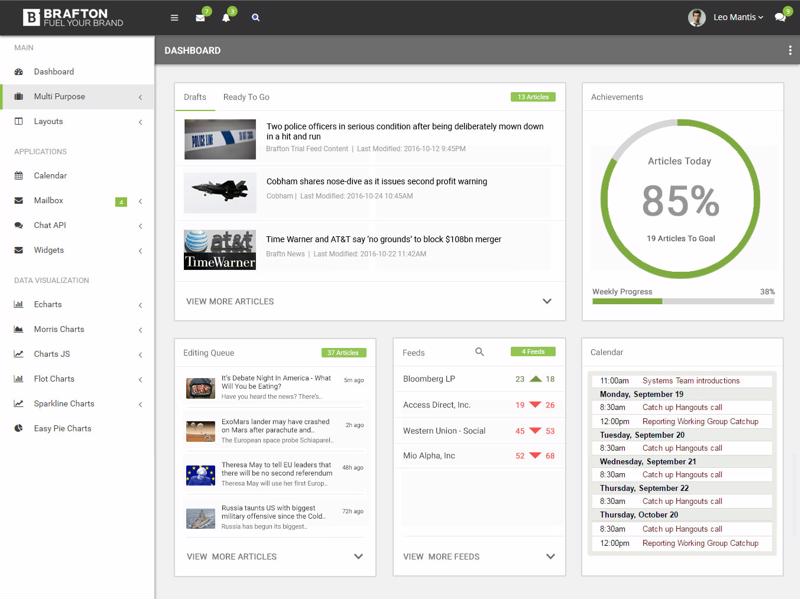Data center design: Goals and capacity
Your data center is the heart of your company's IT equipment. With trends such as the Internet of Things and Big Data, businesses rely on this equipment more than ever. Modern data centers need to provide high availability so downtime doesn't put your operations on hold. Preparing for high availability starts at the planning and design stage.
Practical preparation can help you make the most of any project, whether it's a business plan, a home improvement project or an investment. By doing the legwork early on and planning the venture all the way through, you can produce the best results and provide power interruption protection.
"Preparing for high availability starts at the planning stage."
Data centers are no different. Whether you're creating a new one from scratch or re-making your current data center to address ongoing problems, proper design can solve many issues and bring you a superior finished product. In this series, we'll go over tips and best practices for your data center design, ensuring you provide the best possible environment for your equipment.
Objectives
Obviously, your main objective is to create an efficient data center that is reliable and protected from power disruptions. However, you're going to need to create more specific goals related to your needs and expectations. Here are some questions you and your IT team should ask yourselves to get a better idea of what your data center needs:
- What are your business needs?
- What are you hoping to improve?
- What are your options for a critical environment?
- How does your equipment operate at minimum levels?
Answering these questions about your objectives will help you develop the project scope and parameters with realistic expectations.
Planning for capacity
You're going to want a data center that your enterprise can grow into. As your business scales up and you add more customers, you'll need to upgrade hardware now and then. Consider your equipment's current usage, and think about projected growth. How much is your service expected to grow over the short and long term? In addition to your planned growth, consider any special events that may cause short-term spikes in usage. This way, your equipment will be prepared for anything.

Reference designs
In order to go through with the implementation planning, you're going to need to come up with a reference design, or a documented plan for the IT space. Although some data centers have unique requirements, many have such similarities that there are a number of pre-designed templates that work best for them. These documented designs help to cut down on the implementation timeline, while allowing your team to work with a format that's a proven success.
In most cases, using a reference design as a roadmap is more cost-effective than building completely from scratch. There are a number of blueprints available that could work for your business, based on a number of system specifications including projected capacity and your IT objectives. While these designs provide guidance and established best practices, they're also customizable, so you can tweak them when necessary.
Planning for data center power protection is a big undertaking. If you'd like to set up a more efficient data center for your IT needs, the Custom Networks team can help! Our consultants are available to perform an Energy STEP1 Audit on your site. Our factory-trained and certified field service engineers come to your site and analyze your IT efficiency, ensuring your systems are running at peak optimization.
 Loading... Please wait...
Loading... Please wait... 





